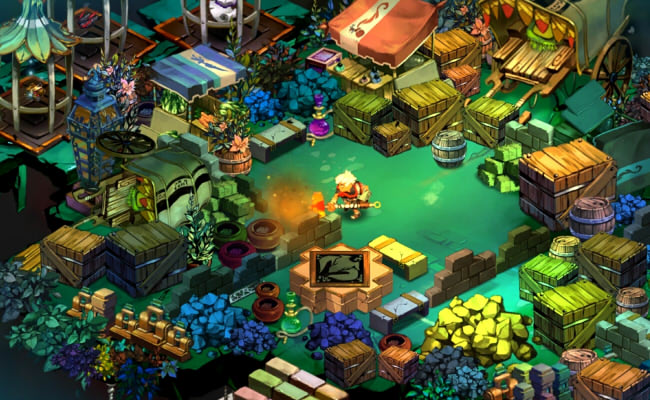
Vector art is a fascinating form of digital illustration that uses mathematical equations to create resizable images. Unlike raster images, which are made up of pixels and can lose quality when resized, vector graphics can be scaled up or down infinitely without losing clarity. This makes vector art a popular choice for designs that need to be versatile and retain their quality across different sizes and formats.
Understanding Vector Art
What is Vector Art?
Vector art is created using vector graphics software, such as Adobe Illustrator or CorelDRAW. Instead of using pixels to represent images, vector art uses mathematical formulas to define shapes, lines, and colors. These formulas create paths that can be manipulated and edited without losing quality.
Key Characteristics of Vector Art:
- Scalability: Vector art can be resized without losing quality.
- Editability: Paths and shapes in vector art can be easily modified and adjusted.
- Resolution Independence: Vector graphics can be used for both print and web design.
- File Formats: Common vector file formats include .ai, .eps, .svg, and .pdf.
Creating Vector Art
Tools for Creating Vector Art
To create vector art, you will need vector graphics software. Some popular tools for creating vector art include:
- Adobe Illustrator: A powerful and versatile tool for creating vector graphics.
- CorelDRAW: Another popular software for vector illustration and design.
- Inkscape: A free and open-source alternative for creating vector art.
- Affinity Designer: A user-friendly vector graphics editor for Mac and Windows.
Basic Steps for Creating Vector Art
- Start by sketching your design concept on paper or digitally.
- Import your sketch into a vector graphics software program.
- Use the drawing tools to create shapes, lines, and curves based on your sketch.
- Apply colors, gradients, and effects to enhance your design.
- Adjust the placement and size of elements to achieve the desired composition.
- Export your vector art in a suitable file format for your intended use.
Uses of Vector Art
Applications of Vector Art:
Vector art is widely used in various industries and creative fields, including:
- Logo Design: Vector graphics are ideal for creating scalable and versatile logos.
- Illustration: Vector art is popular for creating digital illustrations and graphics.
- Print Design: Vector graphics are used for creating designs for print materials.
- Web Design: Vector art is commonly used for web graphics and icons.
- Merchandise Design: Vector art is used for creating designs for merchandise such as t-shirts and mugs.
Benefits of Using Vector Art:
- Scalability: Vector graphics can be resized without losing quality.
- Versatility: Vector art can be easily edited and customized for different purposes.
- Clarity: Vector graphics have crisp edges and sharp details.
- Efficiency: Vector art can be used across different platforms and media types.
- Professional Look: Vector art gives a polished and professional appearance to designs.
Conclusion
Vector art is a versatile and elegant form of digital illustration that offers numerous benefits for designers and artists. By understanding the principles of vector art and learning how to create and use vector graphics, you can enhance your design skills and create stunning visuals for various applications. Whether you are a beginner or an experienced designer, exploring the elegance of vector art can open up a world of creative possibilities.